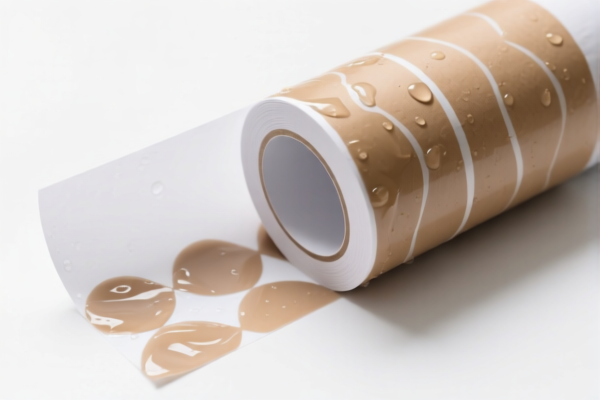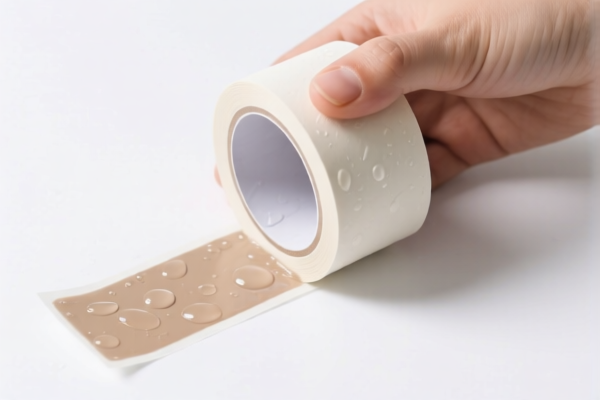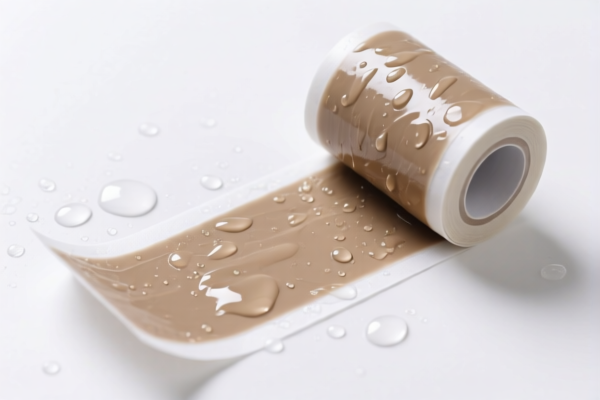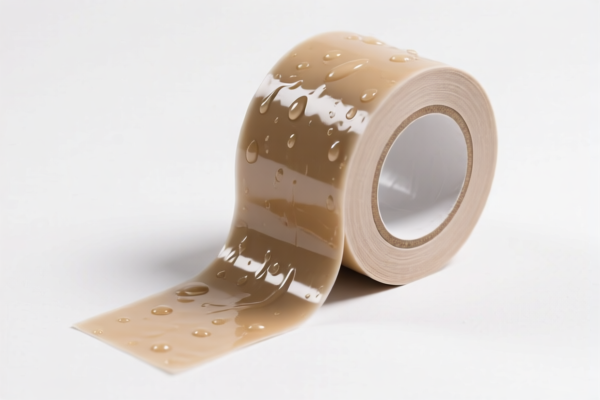| HS Code | Official Doc | Tariff Rate | Origin | Destination | Effective Date |
|---|---|---|---|---|---|
| 3901909000 | Doc | 61.5% | CN | US | 2025-05-12 |
| 3901905501 | Doc | 61.5% | CN | US | 2025-05-12 |
| 3914006000 | Doc | 58.9% | CN | US | 2025-05-12 |
| 3506105000 | Doc | 57.1% | CN | US | 2025-05-12 |
| 3506990000 | Doc | 57.1% | CN | US | 2025-05-12 |
| 3504001000 | Doc | 35.0% | CN | US | 2025-05-12 |
| 3504005000 | Doc | 41.5% | CN | US | 2025-05-12 |




Water-Based Adhesive
Water-based adhesives are a versatile class of adhesives where water serves as the primary solvent for the polymeric components. They are widely employed across numerous industries and applications due to their ease of use, low toxicity, and environmental friendliness.
Material Composition
The core component of water-based adhesives is a polymer dispersed or dissolved in water. Common polymer types include:
- Polyvinyl Acetate (PVA): The most prevalent type, offering good general-purpose adhesion. Variations include standard PVA, cross-linked PVA (for improved water resistance), and vinyl acetate copolymers.
- Acrylic Polymers: Provide excellent clarity, UV resistance, and adhesion to various substrates. Acrylics are often used in pressure-sensitive adhesives (PSAs) and specialty applications.
- Starch-Based Polymers: Derived from natural sources, offering biodegradability and cost-effectiveness. Commonly used in packaging and paper applications.
- Polyurethane Dispersions (PUDs): Offer high flexibility, durability, and resistance to abrasion and chemicals.
- Modified Polymers: Combinations and modifications of the above polymers, often incorporating additives to enhance specific properties.
Beyond the polymer, formulations typically include:
- Additives: These control properties like viscosity, pH, freeze-thaw stability, film formation, and tack. Examples include thickeners, defoamers, plasticizers, biocides, and coalescing agents.
- Crosslinkers: Used in some formulations to improve water resistance and bond strength.
Purpose and Function
Water-based adhesives primarily function by forming a bond through the evaporation of water, leaving behind a solid polymeric film that adheres to the substrates. The adhesion mechanism varies depending on the polymer type and substrate characteristics, but generally involves a combination of:
- Mechanical Interlocking: The adhesive penetrates surface irregularities, creating a physical bond.
- Polar Attraction: Adhesion due to intermolecular forces between the adhesive and the substrate.
- Cohesion: Internal strength of the adhesive film.
Usage Scenarios
Water-based adhesives find application in a wide range of industries:
- Packaging: Cartons, boxes, labels, tapes, and flexible packaging.
- Paper & Bookbinding: Adhesive for bookbinding, envelopes, wallpaper, and paper laminating.
- Woodworking: Interior wood assembly, furniture manufacturing, and edge banding.
- Construction: Wall coverings, flooring adhesives, and tile adhesives (often modified with other components).
- Textiles: Non-woven fabric bonding, garment interlining, and textile lamination.
- DIY & Crafts: General-purpose adhesives for paper, cardboard, and light materials.
- Hygiene Products: Adhesives for diapers, feminine hygiene products, and medical applications.
Common Types
- White Glue (PVA): General-purpose, non-toxic, and widely used for paper and craft applications.
- School Glue: Similar to white glue, formulated for safety and ease of use by children.
- Wood Glue (PVA): Formulated for stronger wood bonding, often with higher solids content and improved water resistance.
- Paper Adhesive: Specifically designed for paper applications, offering good wet tack and minimal wrinkling.
- Pressure-Sensitive Adhesives (PSAs): Acrylic-based adhesives used in tapes, labels, and self-adhesive products. They adhere with minimal pressure.
- Construction Adhesives: Often polyurethane-based or modified acrylics, offering high strength and durability for building applications.
- Bookbinding Adhesives: Formulated for flexibility and long-term adhesion in book spines.
Advantages
- Low VOC Content: Environmentally friendly and reduces health risks.
- Easy to Use: Water-based adhesives are typically easy to apply and clean up.
- Non-Flammable: Reduces safety hazards.
- Cost-Effective: Generally less expensive than solvent-based adhesives.
- Good Adhesion to Porous Substrates: Excellent performance on paper, wood, and textiles.
Disadvantages
- Lower Water Resistance: Generally less resistant to moisture than solvent-based adhesives (though specialized formulations exist).
- Slower Drying Time: Evaporation of water can take longer than solvent evaporation.
- Potential for Dimensional Changes: Shrinkage or swelling can occur during drying and wetting.
- Limited Adhesion to Non-Porous Substrates: May require surface preparation for optimal adhesion to plastics and metals.
Water-based adhesives fall under the category of prepared glues and other prepared adhesives. The following HS codes are relevant based on the provided information:
-
3506105000: Prepared glues and other prepared adhesives, not elsewhere specified or included; products suitable for use as glues or adhesives, put up for retail sale as glues or adhesives, not exceeding a net weight of 1 kg: Products suitable for use as glues or adhesives, put up for retail sale as glues or adhesives, not exceeding a net weight of 1 kg: Other. This code covers water-based adhesives packaged for retail sale in quantities of 1 kg or less.
- 35: Prepared glues and other prepared adhesives. This chapter broadly covers adhesives.
- 06: Prepared glues and other prepared adhesives, not elsewhere specified or included. This heading specifies adhesives not classified elsewhere.
- 10: Products suitable for use as glues or adhesives, put up for retail sale as glues or adhesives, not exceeding a net weight of 1 kg. This subheading further defines the products as those prepared for retail sale in small quantities.
- 50: Other. This specifies a more detailed classification within the subheading.
-
3506990000: Prepared glues and other prepared adhesives, not elsewhere specified or included; products suitable for use as glues or adhesives, put up for retail sale as glues or adhesives, not exceeding a net weight of 1 kg: Other: Other. This code covers water-based adhesives not meeting the criteria of 3506105000, or those not packaged for retail sale.
- 35: Prepared glues and other prepared adhesives. This chapter broadly covers adhesives.
- 06: Prepared glues and other prepared adhesives, not elsewhere specified or included. This heading specifies adhesives not classified elsewhere.
- 99: Other. This specifies a more detailed classification within the heading.
- 00: Other. This specifies a more detailed classification within the subheading.
The total tax rate for both HS codes is 57.1%, comprising a 2.1% basic tariff and a 25.0% additional tariff, increasing to 30.0% after April 2, 2025.
Customer Reviews
No reviews yet.